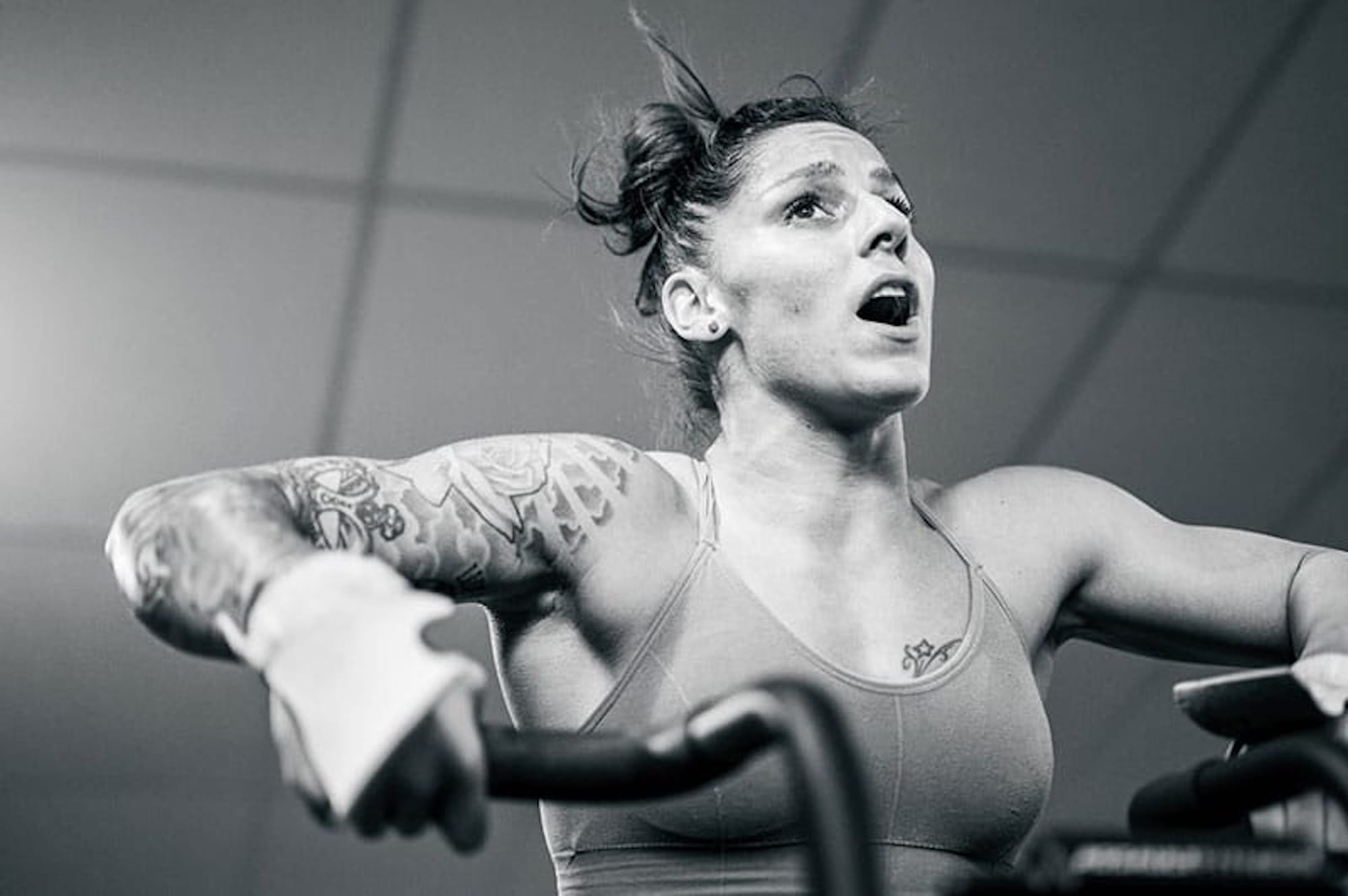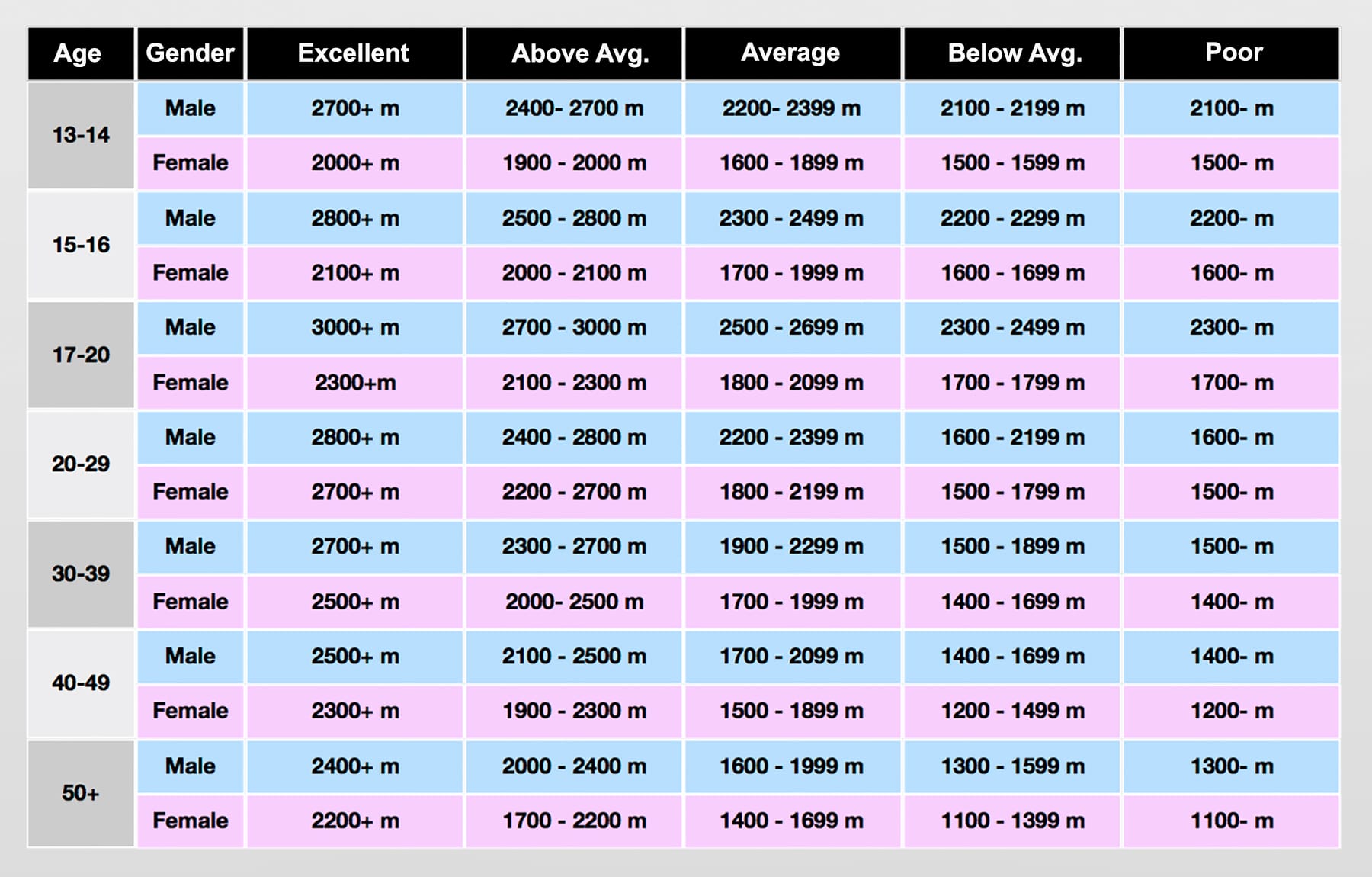Understanding VO2 Max & Why It's Important for Climbers

What is VO2? And why do I need to care about this?
VO2, or Volume of Oxygen, refers to the amount of oxygen your body can utilize during exercise. That's a BIG DEAL, if you want to understand how to improve your endurance. And there are two main definitions we should begin with:
1. VO2 (Volume of Oxygen): The total amount of oxygen consumed by the body, measured in litres per minute (L/min).
2. VO2 max (Maximum Volume of Oxygen): The maximum amount of oxygen your body can consume during intense exercise, measured in millilitres of oxygen per kilogram of body weight per minute (ml/kg/min).
For climbers, your VO2 MAX is important for 2 main reasons:
1. Delayed Anaerobic Threshold
• Anaerobic Threshold (AT) is the point during climbing when lactic acid starts to accumulate significantly in the bloodstream. A higher VO2 max improves your muscles’ ability to use oxygen efficiently, giving you a higher anaerobic threshold. In other words, with a higher VO2 max, you can sustain higher intensities before reaching your anaerobic threshold.
2. Improved Lactate Clearance
• Lactate Clearance is the body’s ability to remove lactic acid from the muscles and bloodstream. A higher VO2 max enhances circulatory efficiency and muscle metabolism, improving the rate of lactate clearance. A better lactate clearance helps delay fatigue and allows you to climb for longer periods at higher intensities.
Ok, So how can I MEASURE my VO2 max?
If you have the opportunity, laboratory tests are the best option. You will get hooked up with some Cardiopulmonary Exercise Testing (CPET), which involves running or cycling on a treadmill or stationary bike while wearing a mask to measure oxygen intake and carbon dioxide output. The testing is very accurate; but this option is not very convenient...
So instead we can perform our own test. It's easy to do. For best results, get yourself a consumer-grade fitness tracker, like a Garmin Forerunner 945, a Garmin Fenix 6 Series, a Polar Vantage V2, a Polar Grit X, or an Apple Watch SE.
If you can get one of these, cool. If you can't, no worries; we can still approximate our VO2 max with the Cooper Test:
- Choose a flat course (like a 400m track). *Make sure the track is marked with accurate cones or lines for distance.
- Warm up well (of course).
- When ready, run as far as you can in exactly 12 minutes. Then measure how far you ran as accurately as possible. (I recommend measuring in meters)
- If you have one of those devices listed above, you will get your VO2 max. If not, you will use this online 12-minute test results calculator to calculate an approximation of your VO2 max.
Once you have this number, check your score against this map:

Most likely, you should probably dedicate some time to improving your VO2 max. The benefits can be huge, not just for your climbing, but for your overall health and longevity.

